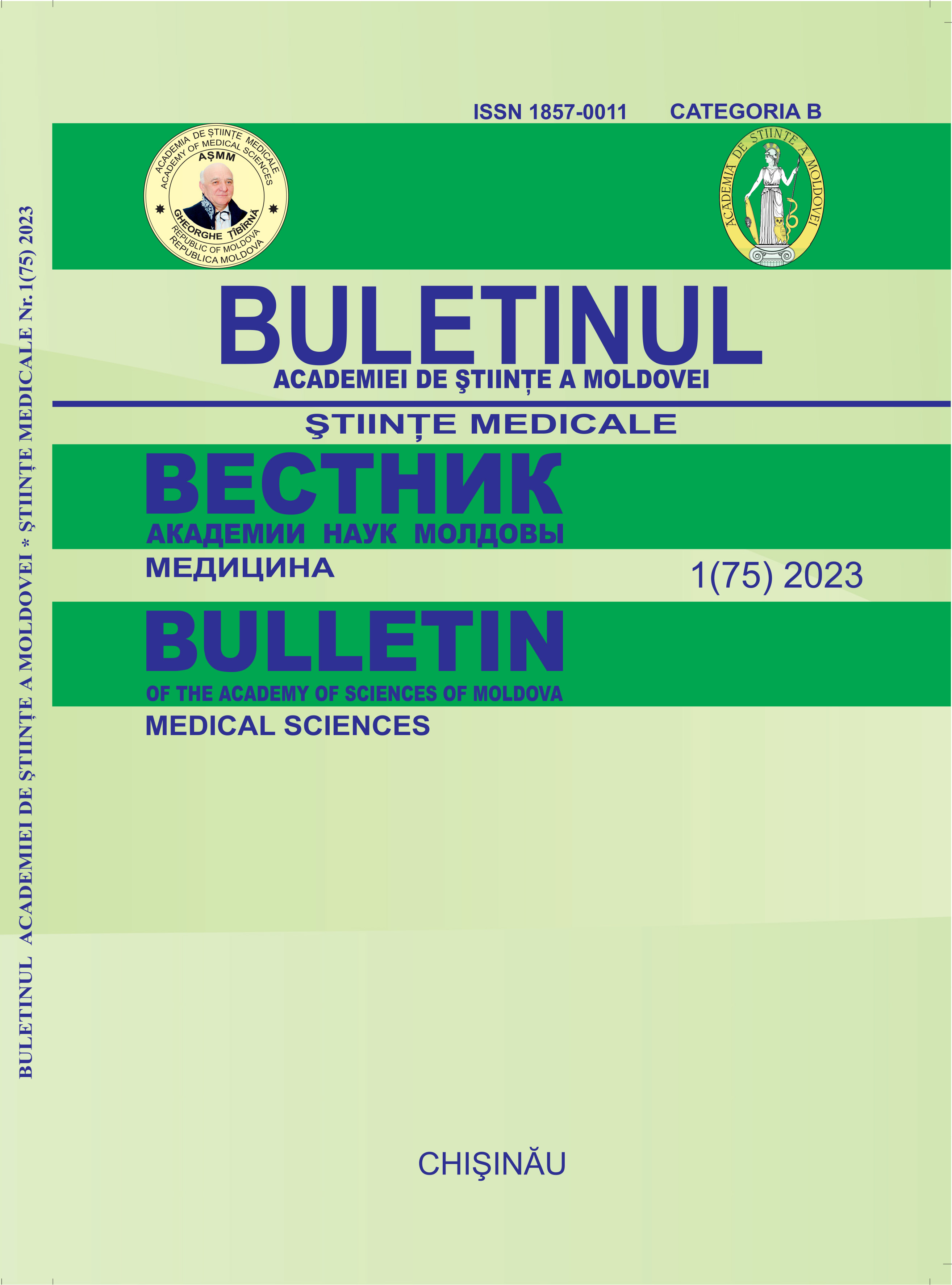EDUCAȚIA PACIENTULUI ȘI REABILITAREA POSTTROMBEMBOLISM PULMONAR
DOI:
https://doi.org/10.52692/1857-0011.2023.1-75.13Cuvinte cheie:
trombembolism pulmonar, reabilitare fizică, calitatea viețiiRezumat
Persistența sau agravarea dispneei şi limitarea activităţii fizice la pacienții după un episod de trombembolism pulmonar (TEP) acut, raportate în studiile pe termen lung pot fi ulterior principalii determinanți ai calității vieții afectate [1]. Reabilitarea fizică și educația pacientului după un eveniment trombembolic nu şi-au gasit locul și rolul necesar în conduita acestui grup de pacienți. Ne-am propus realizarea următoarelor obiective și anume: programul de educație a pacientului și reabilitarea fizică, parțial supravegheată la domiciliu la pacienții după TEP în primele 3 luni după eveniment acut. Rezultatele studiului nostru au demonstrat creșterea capacității funcționale, ameliorarea calității vieții, reducerea dispneei . Acest articol face parte din rezultatele studiului din cadrul proiectului de stat cu cifrul 20.80009.8007.28.
Referințe
Klok F.A, van der Hulle T, den Exter P.L, Lankeit M, Huisman M.V, Konstantinides S. The Post-PE Syndrome: A New Concept for Chronic Complications of Pulmonary Embolism. Blood Rev. 2014, 28, 221–226
Albertsen I.E., Piazza G., Goldhaber S.Z. Let’s Stop Dichotomizing Venous Thromboembolism as Provoked or Unprovoked. Circulation 2018, 138, 2591–2593
Konstantinides S.V, Torbitsky A, Agnelli G,et al. ESC recommendations 2014 on the diagnosis and treatment of acute pulmonary embolism. European Heart J. 2014; 35:3033–3069
Nopp S, Klok F.A, Moik F, Petrovic M, Derka I, Ay C, Zwick R.H. Outpatient pulmonary rehabilitation in patients with persisting symptoms after pulmonary embolism. J Clin Med. 2020;9(1811)
Konstantinides S.V., Meyer G., Galié N., et al. 2019 ESC Guidelines for the Diagnosis and Management of Acute Pulmonary Embolism Developed in Collaboration with the European Respiratory Society (ERS). European Heart Journal (2020) 41, 543 603
Aiping Yu, Weiping Ding, Wanmi Lin, Juan Cai, and Weina Huang. Application of pulmonary rehabilitation in patients with pulmonary embolism (Review). Exp Ther Med. 2022 Jan; 23(1): 96
Nagaki T, Terada J, Tanabe N, et al. Home-based pulmonary rehabilitation in patients with inoperable or residual chronic thromboembolic pulmonary hypertension: a preliminary study. Respir Investig.2014;52(6):357-64
Boon GJAM, Janssen SMJ, Barco S, Bogaard HJ, Ghanima W, Kroft LJM, Meijboom LJ, Ninaber MK, Nossent EJ, Spruit MA, et al. Efficacy and safety of a 12-week outpatient pulmonary rehabilitation program in Post-PE syndrome. Thromb Res. 2021;206:66–75
Cires-Drouet R.S, Mayorga-Carlin M, Toursavadkohi S, et al. Safety of exercise therapy after acute pulmonary embolism. Phlebology. 2020;35:824–832.
Habib GMM, Rabinovich R, Divgi K, et al. Systematic review of clinical effectiveness, components, and delivery of pulmonary rehabilitation in low-resource settings. NPJ Prim Care Respir Med. 2020;30(52)
Rolving N, Brocki B.C, Andreasen J. Coping with everyday life and physical activity in the aftermath of an acute pulmonary embolism: A qualitative study exploring patients’ perceptions and coping strategies. Thromb Res. 2019;182:185–191
Klok F.A, van Kralingen K.W, van Dijk A.P, et al. Prevalence and potential determinants of exertional dyspnea after acute pulmonary embolism. Respir Med 2010;104:1744–1749
Kahn S.R, Hirsch A.M, Akaberi A, et al. Functional and Exercise Limitations After a First Episode of Pulmonary Embolism: Results of the ELOPE Prospective Cohort Study. Chest 2017, 151, 1058–1068
Nagel C, Prange F, Guth S, et al. Exercise training improves exercise capacity and quality of life in patients with inoperable or residual chronic thromboembolic pulmonary hypertension. PLoS One. 2012;7(7)
Wang Z, Sun Y, An Y. Reduced exercise training on the rehabilitation status of patients with acute pulmonary embolism. Sci Technol Eng. 2017;17:154–159
Man W.D, Chowdhury F, Taylor R.S, et al. Building consensus for provision of breathlessness rehabilitation for patients with chronic obstructive pulmonary disease and chronic heart failure. Chronic Respir Dis. 2016;13(3):229–39.
Descărcări
Publicat
Număr
Secțiune
##category.category##
Licență
Copyright (c) 2023 Buletinul Academiei de Științe a Moldovei. Științe medicale

Această lucrare este licențiată în temeiul Creative Commons Attribution 4.0 International License.



